How do I Care for and Preserve My Pet Canvas Artwork?
When you invest in new artwork, you want to preserve it and make sure that it can stand the test of time. And surprisingly, even though most artwork hangs on the walls, it can get dirty over time. We know you’re asking—how can canvas artwork get dirty when no one is touching it? But trust us, it happens!
Your artwork is subject to dust accumulation, airborne pollutants, insect debris, cooking fumes, and, of course, pet dander and fur. So, if you want your piece to last, you need to provide some canvas care from time to time. In this article, we’ll give you the inside scoop on how to clean a canvas print.
How to Protect a Canvas Painting
Whether your artwork is a pet portrait canvas, a canvas reproduction of 'Friend In Need' by Cassius Marcellus Coolidge, or you have a collection of custom dog portraits, you want your piece of art to last. And when properly cared for, canvas artwork can last hundreds of years. So, if you are wondering how to clean canvas art, we’ve got you covered. Here’s what you need to know.
First and foremost, know that you need to treat your canvas delicately. The key to any effective cleaning technique is a gentle touch with the right materials. For example, avoid using anything abrasive that can immediately damage your artwork, and in most cases, it can’t be fixed.

Here are the supplies you should have on hand:
- Soft, Dry Microfiber Cloth: For gently wiping dust and dirt off the surface.
- Feather Duster or Soft Brush: For removing loose dust and particles without scratching the canvas.
- Mild Soap: A gentle, non-abrasive soap for spot cleaning (optional).
- Distilled Water: For dampening the microfiber cloth if necessary.
- Cotton Swabs: For precision cleaning of small areas or intricate details.
- Latex or Nitrile Gloves: To prevent oils and dirt from your hands transferring to the canvas.
- Soft Towels: To place under the canvas while cleaning for added protection.
Cleaning Your Canvas Print
Now that you have the supplies needed to protect your canvas painting, let’s discuss how to proceed with your cleaning. Depending on how dirty the print might be, there are three approaches.
Let’s start wirth dusting your canvas print. We recommend that you do this every time you clean your home. Dust can accumulate along the top edge of the print, and when not removed regularly, it will become more difficult to remove later. Plus, even the face of your canvas can accumulate dust, especially if the print is hung in or near your kitchen or bathroom. We suggest using a dry feather duster or soft brush for proper canvas care. That’s it!
Now, let’s get into what you need to do for some more detailed cleaning.
Spot Cleaning
In most cases, there is no reason to do a deep cleaning of your canvas print. Dusting regularly is the best way to protect your print. However, from time to time, some spot cleaning might be necessary. To effectively spot-clean your canvas, do the following:
- Prepare Your Cleaning Solution: Mix a small amount of mild soap with distilled water. The solution must be very gentle to avoid damaging the canvas.
- Test in an Inconspicuous Area: Before applying the solution to the stain, test it on a small, hidden area of the canvas so it doesn’t cause any damage or discoloration.
- Dampen a Microfiber Cloth: Lightly dampen a soft microfiber cloth with the soapy water solution. It should be barely wet to prevent excess moisture from seeping into the canvas.
- Gently Wipe the Stained Area: Using the damp cloth, gently dab or wipe the stained area. Avoid rubbing too hard, as this can damage the canvas fibers.
- Dry the Area: Use a dry, soft cloth to blot the cleaned area and remove any excess moisture. Allow the canvas to air dry completely in a cool, dry place.
- Inspect and Repeat if Necessary: Check the cleaned area. If the stain persists, repeat the process carefully, but do not over-wet the canvas.
Deep Cleaning
In extreme cases, you may need to take your canvas care to the next level. The process of deep cleaning is similar to the approach you took to spot cleaning. However, it’s important to remember here that your canvas should never be submerged in water or cleaning solution and a deep cleaning should only be done if your canvas is located in a high traffic area, a place such as the kitchen or bathroom where it is more subject to grease and grime, or if people are touching the canvas regularly.

So, follow the same steps we mentioned above. If this approach is not effective, we recommend your bring your canvas piece to an art studio, art store, or frame company to see if they offer professional canvas cleaning services.
Best Way to Store Canvases
While all of your pet photography ideas may have resulted in some amazing canvases, there may come a time when those pieces need to come off the wall and go into storage. This can happen if you relocate to a smaller home, amass a collection too large to display all at once, or for various other reasons.
So, how do you properly store a piece of canvas art? First, wrap the canvas in acid-free paper or cloth to protect it from dust and moisture. Then, cover it with bubble wrap for extra cushioning. Store the canvas upright in a cool, dry place with stable temperature and humidity. Avoid placing anything heavy on top of it to prevent damage. Regularly check on the stored canvas to keep it in good condition.
Follow Our Tips on How to Clean a Canvas Print to Help it Last Hundreds of Years
Now that you know how to protect a canvas painting, it’s time to put our cleaning tips to good use. Remember, dusting every time you clean is the best way to protect your canvas artwork. And, remind family members to avoid touching the print, to keep skin oil from penetrating and damaging the paint.
Following these tips will help your canvas to last and be enjoyable to years and years to come.

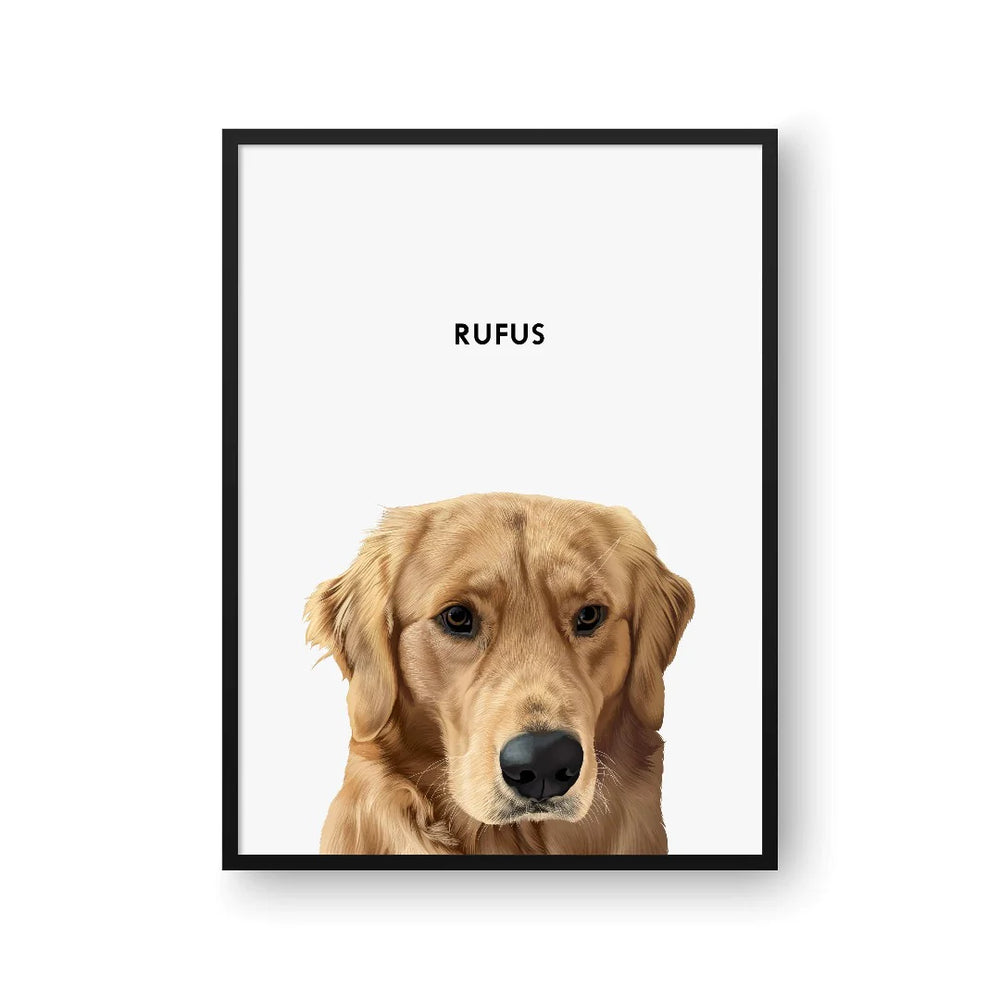





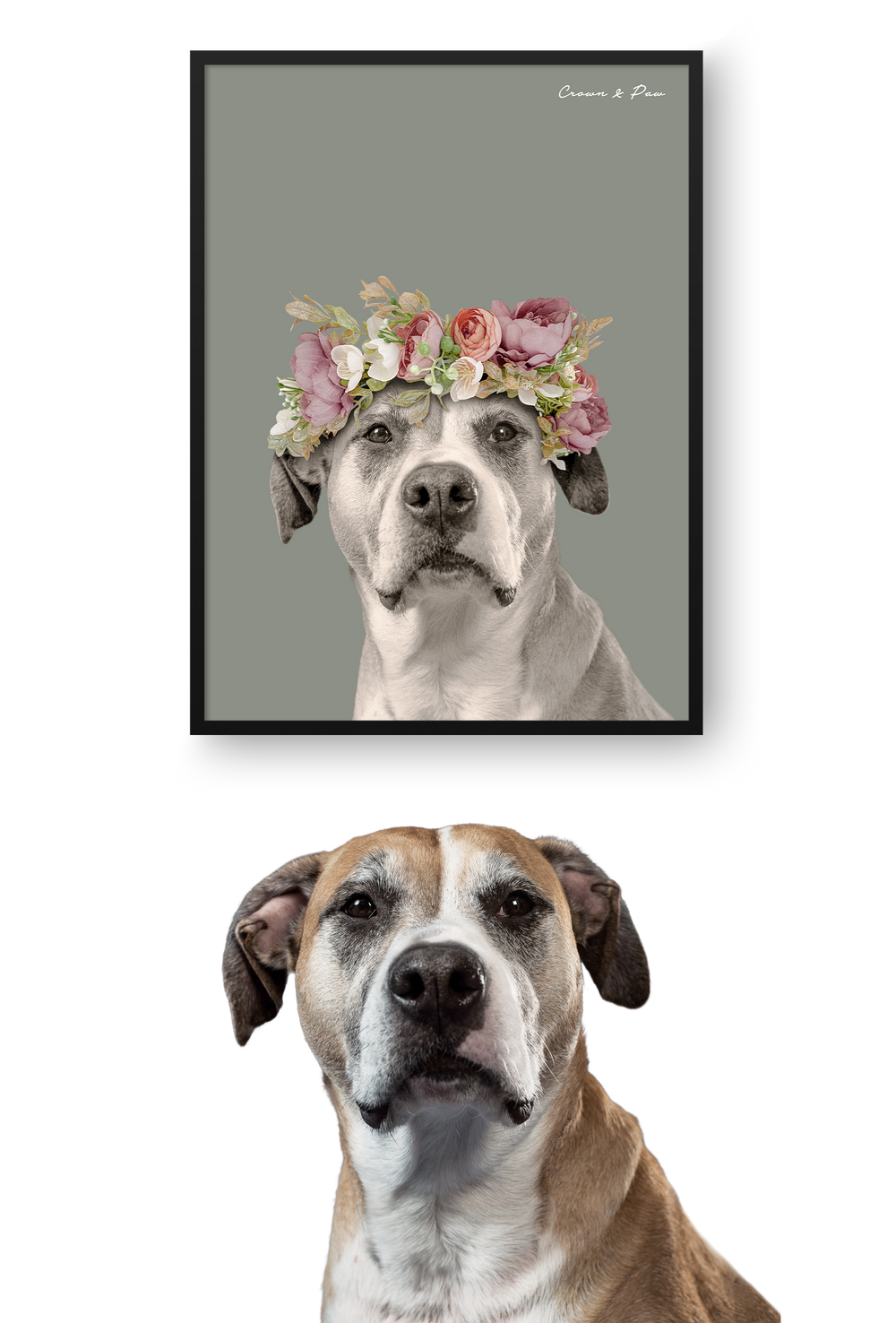


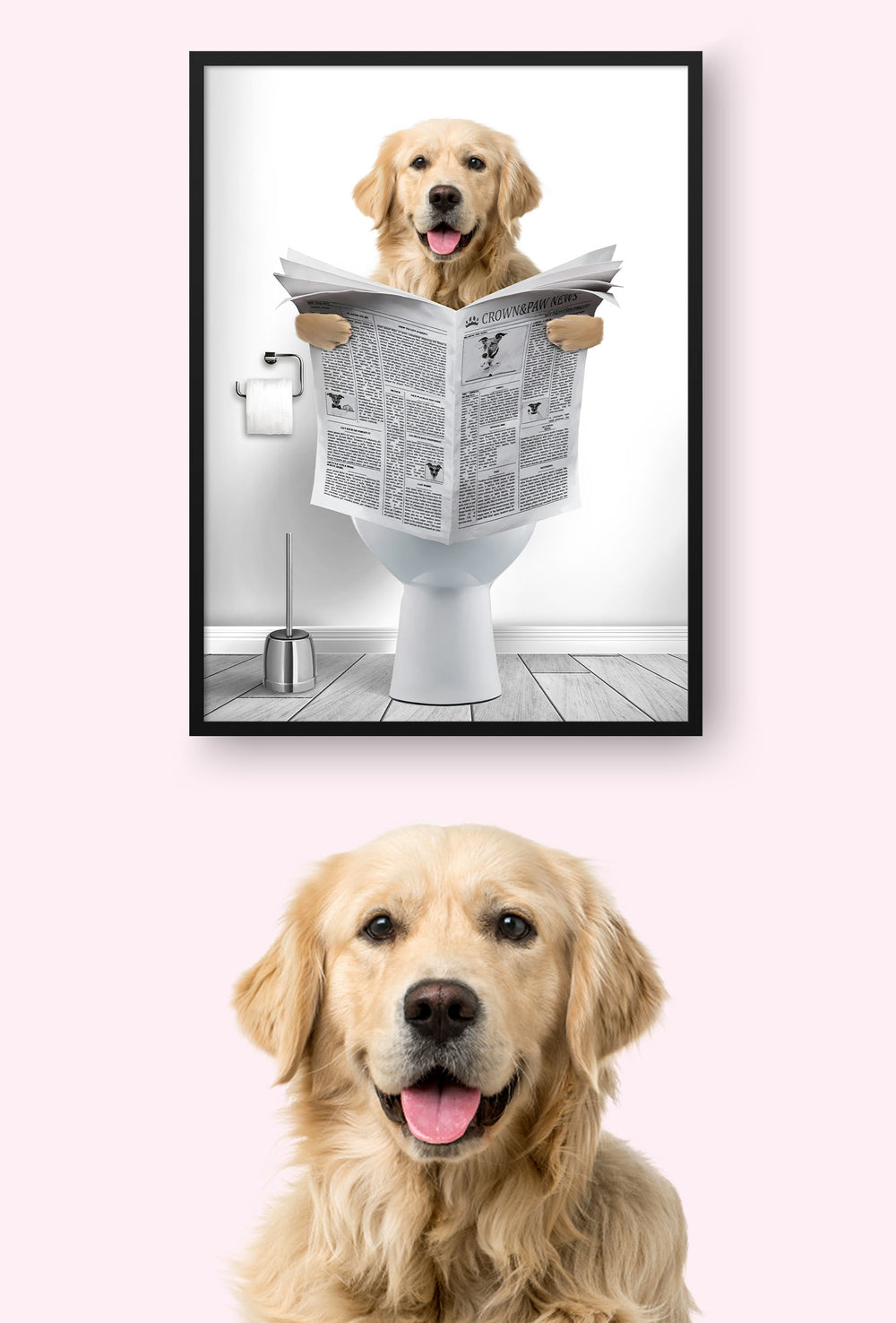
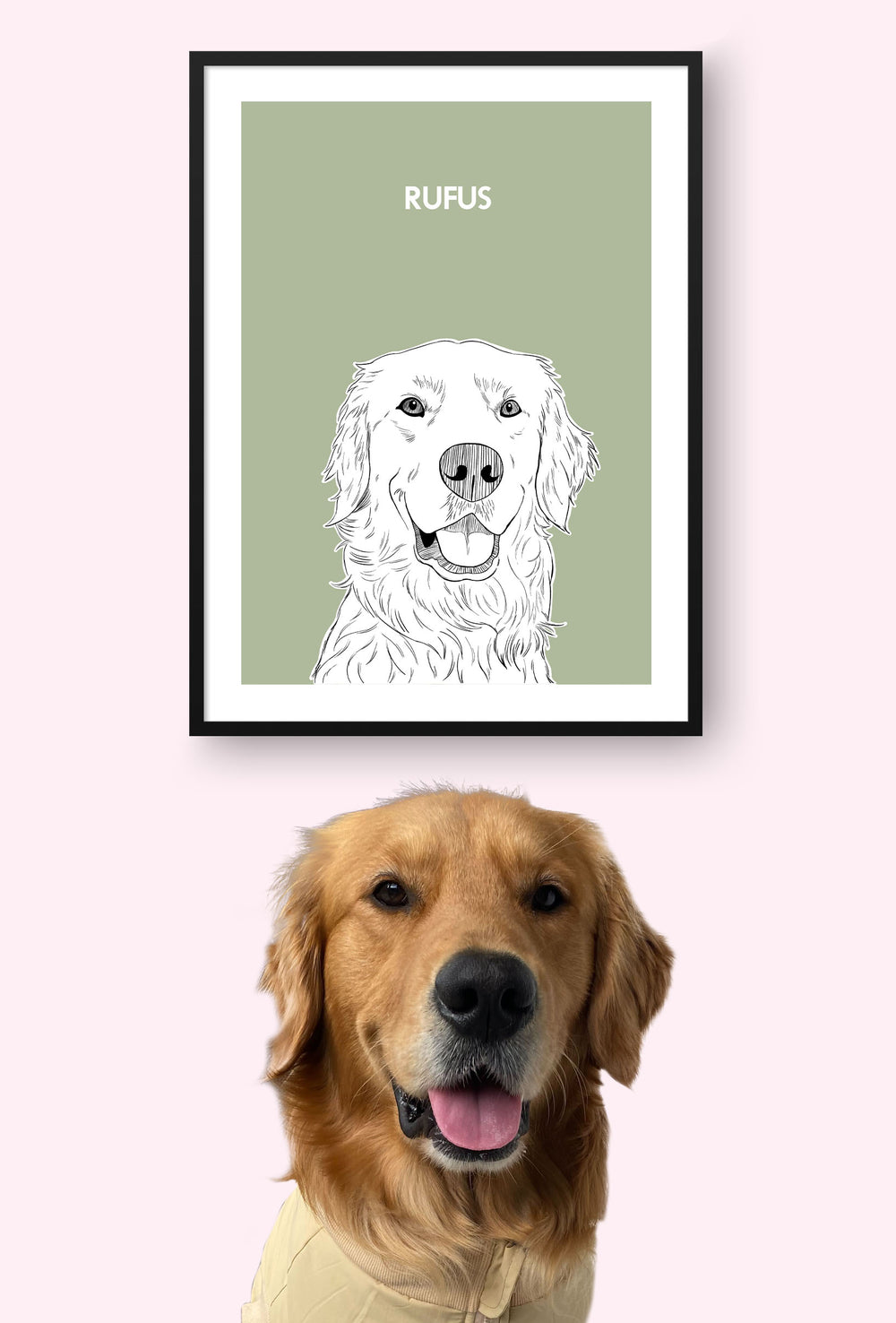








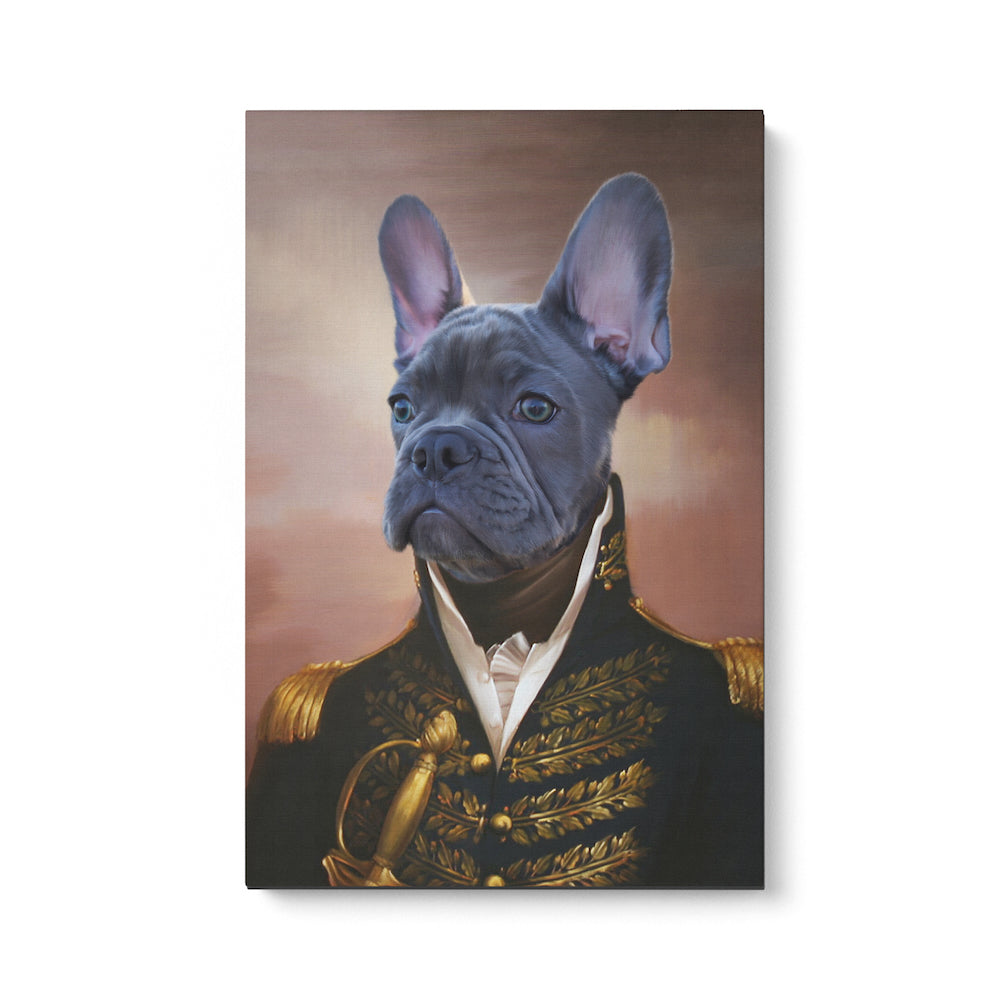





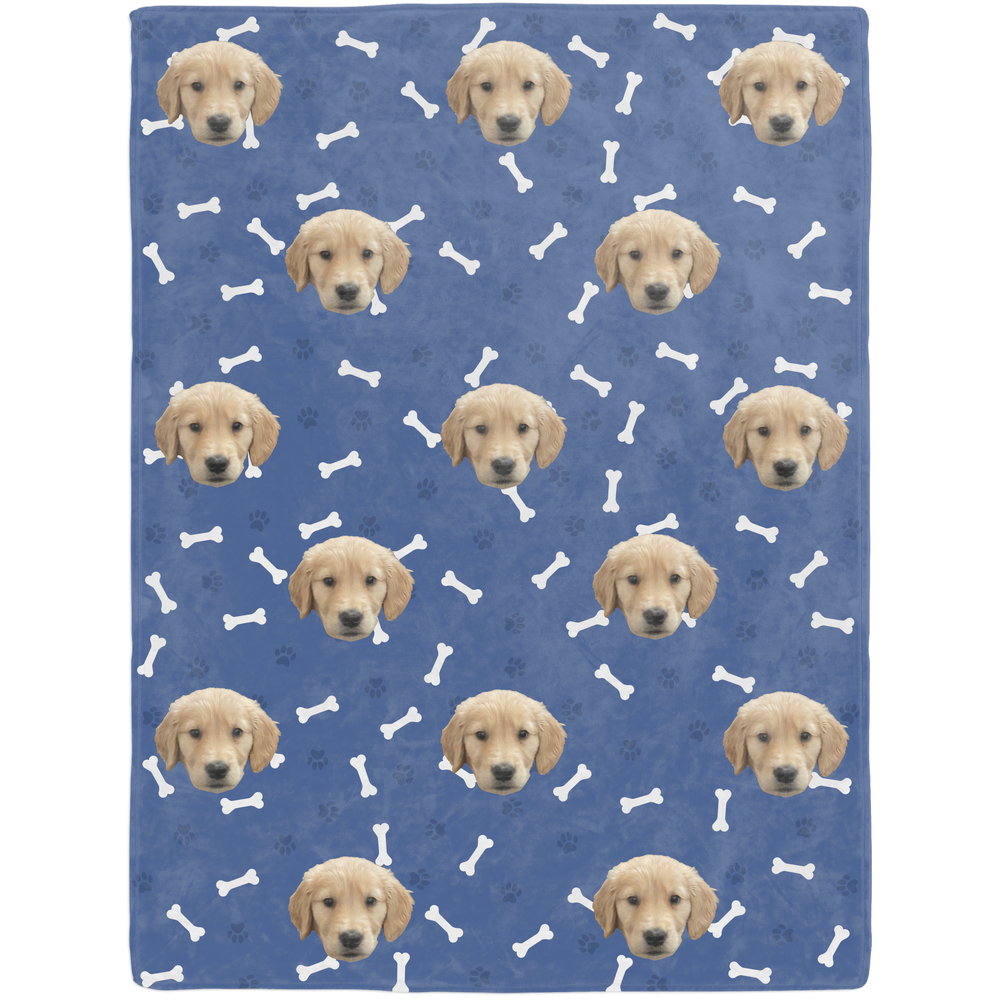









 Reviews
Reviews
 My Account
My Account
 Contact Us
Contact Us
 Help
Help
